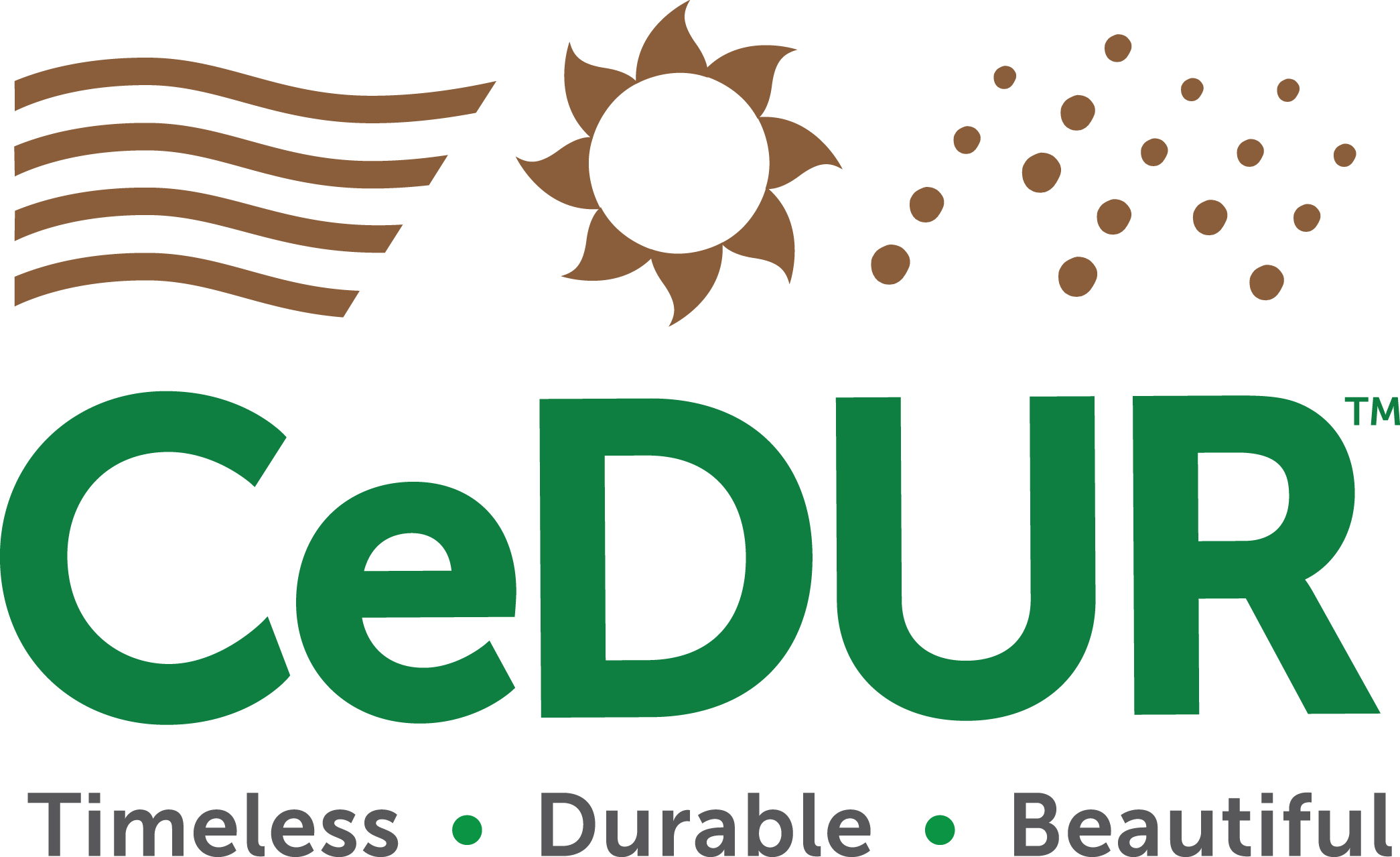Pitched Roofs: Pros, Materials, and Types
The roof is the most stylistically diverse aspect of a home. There are dozens and dozens of styles to choose from, and an infinite number of combinations you can use when designing your roof. Among these, pitched roofs are some of the most common.
But just like every roofing style, pitched roofs have their own pros and cons.
If you’re thinking about getting a roof replacement, here’s everything you need to know.
What is a Pitched Roof?
A pitched roof is the opposite of a flat roof. It features a sloping surface or peak of over 10 degrees, with most pitched roofs having a slope of over 20 degrees.
Benefits of A Pitched Roof
There are a number of reasons why you might want your roof to tilt or slope like this, such as aesthetic preference, for instance.
The sloped roof generally allows the shingles to be more visible from a distance, and the peaks and sloping surfaces themselves create a modern, stylistic look.
In fact, when made from high quality materials such as synthetic cedar shakes from CeDUR Shake, pitched roofs require far less maintenance and will cost less to upkeep over their lifetime. A synthetic cedar shake pitched roof can even last over 50 years. The ventilation is also superior to other types of roofs because of the large gap between the rafters that allows for better airflow, which can improve the energy efficiency of the home.
Another noteworthy benefit is that pitched roofs have the ability to shed rainwater. Gravity does most of the work when snow, rain, and other elements fall on the roof, and as a result, the roof is less vulnerable to water intrusion, mold, and rot.
Not to mention, some pitched roof types are much more compatible with the solar panels. Since the panels will already be at the angle they need to function properly, additional equipment does not need to be installed, as it is with flat roofs.
Types of Pitched Roofs
There are also a variety of different types of pitched roof styles. For example:
Gambrel Roof
A Gambrel roof is what you usually see on a barn. It has two sides, with each side having two slopes. The lower slope on each side is at a steeper angle, while the upper slope is at a more shallow angle. This gives it somewhat of a rounded appearance.
One of the main benefits of a Gambrel roof is that you get all the normal space inside that you would with a non-sloped roof, but you still get the sloping and the benefits that come with it as well. Gambrel isn’t considered one of the most popular types of pitched roofs, but it does give you the best of both worlds in terms of functionality.
Gable Roof
Gable roofs are the most common type of pitched roofing. Not only do they look great, but they also provide adequate water drainage. Gable roofs are shaped like a triangle because they feature two one-sloped sides that come together in the middle at a ridge.
The typical gable roof can be built to withstand high winds and even hurricanes and is shaped like a perfect upright triangle. There are, however, variations on a pitched roof that still retain the same basic concept of a gable roof.
Mansard
A Mansard roof, otherwise known as a french roof, has four double-sloped sides. They all meet at the middle around a flat top, which is often designed for use as an area to lounge or frequent. They sometimes have a railing around the flat top and dormer windows protruding from one or more sides. Mansard roofs can have poor drainage, but provide a lot of space on the inside and also look unique and appealing from a stylistic perspective.
Hip Roof
A Hip roof has four sloped sides which all meet at one ridge in the middle. It looks great aesthetically, gives space inside, and provides great drainage. It can be harder to work on though because of the steep sides and single ridge holding them all together. Typically a harness is a good idea when working on a hip roof. Hip roofs are one of the most popular types of pitched roofs.
There’s a Pitched Roof for Everybody
Pitched roofs are some of the best looking and most functional roofs, not to mention the most popular.
There are plenty of styles for you to choose from, and as long as you use high-quality materials such as synthetic cedar shakes, for instance, you’ll never have to worry about maintenance.
If you’ve been wondering what a pitch roof is, and which type of roof is best for your home, hopefully the list we’ve provided can help you make your choice!
And if you need to find a high quality roofing material that you can use for your pitched roof, make sure to explore the Live Oak, Shiloh, Golden Cedar, and Shiloh products from CeDUR.




